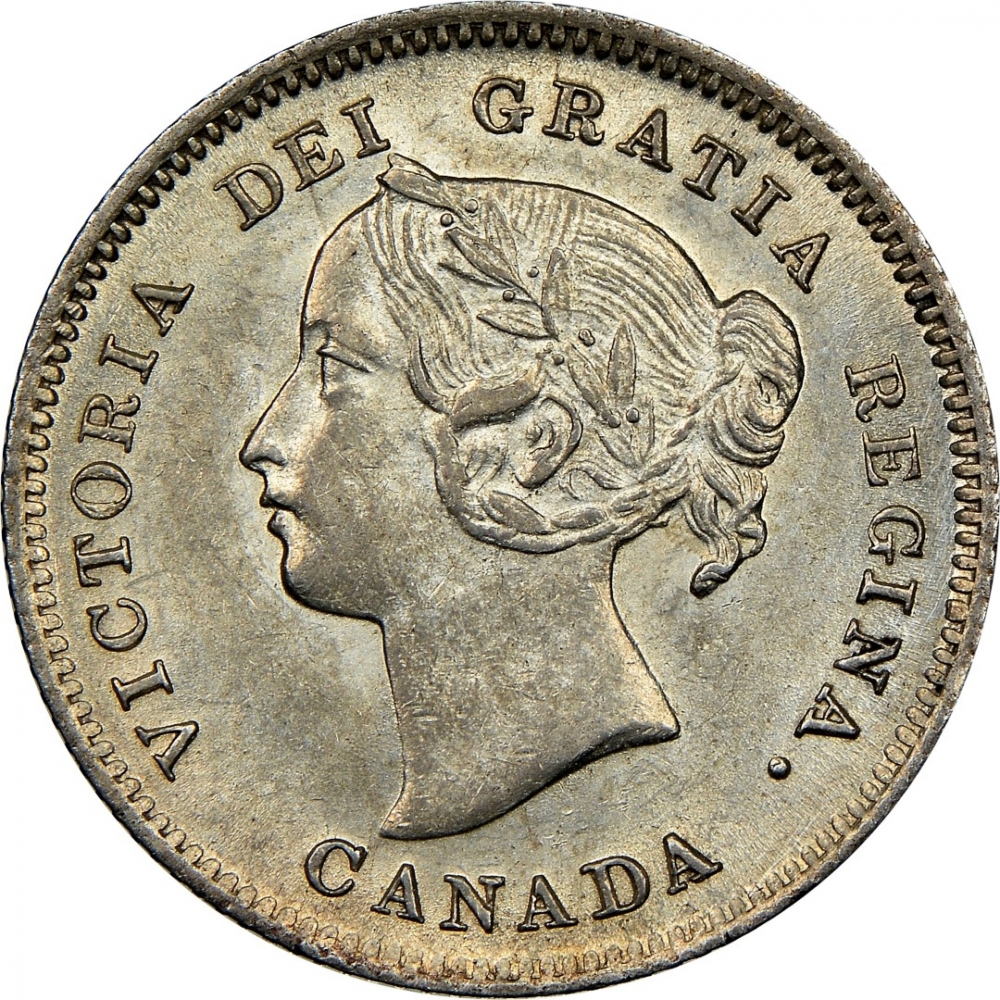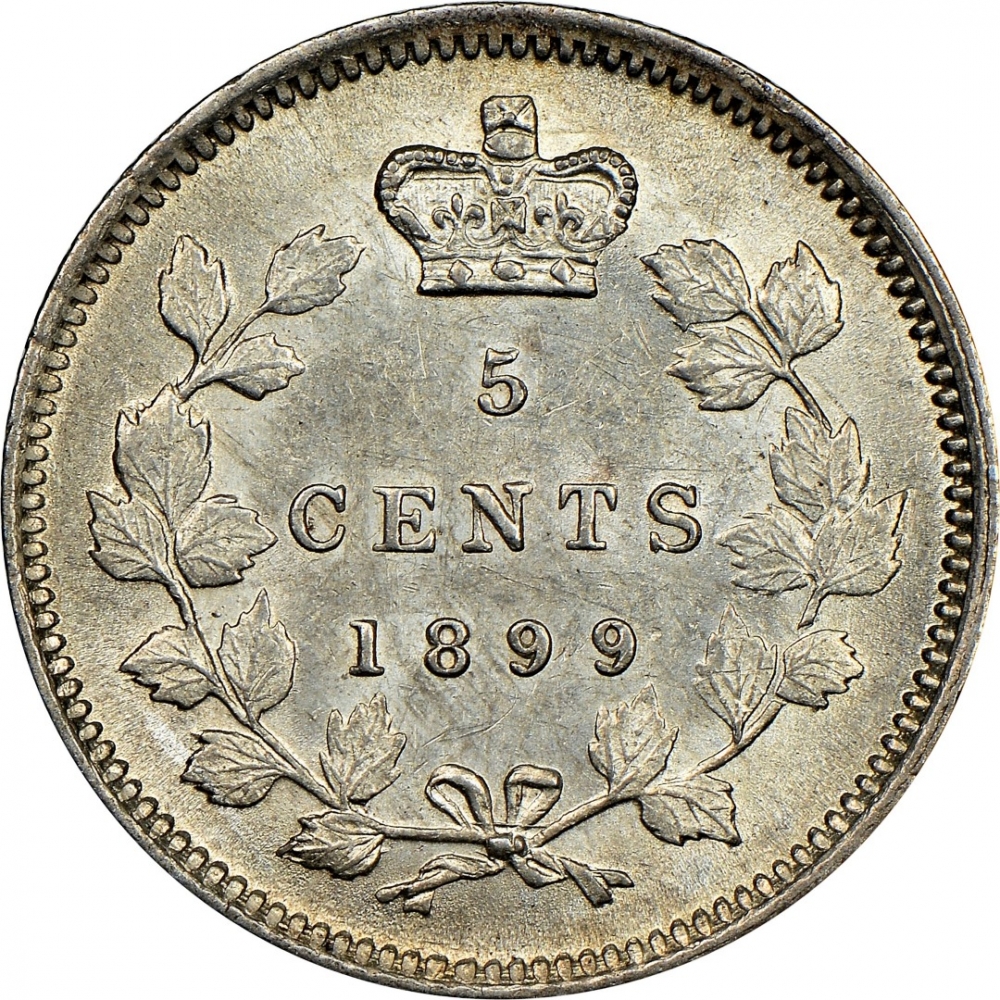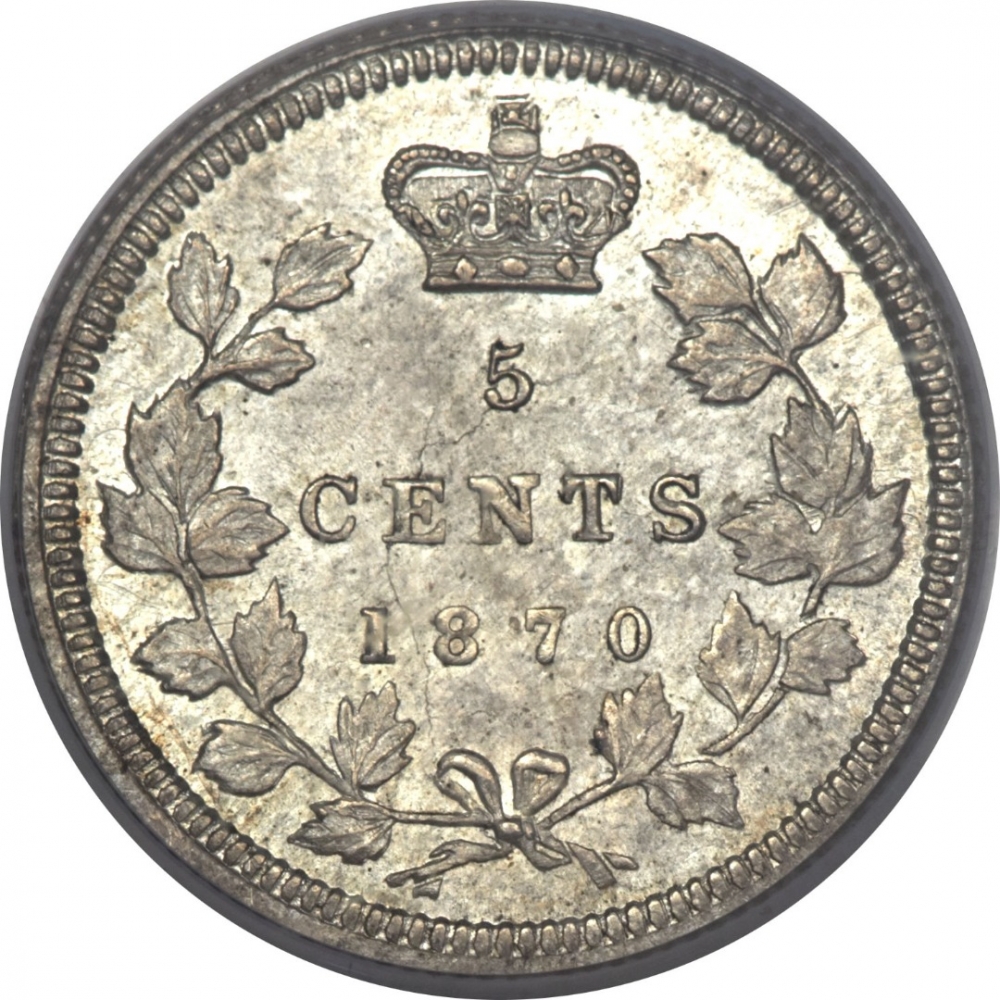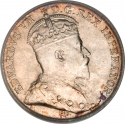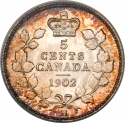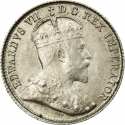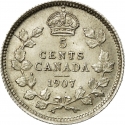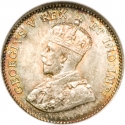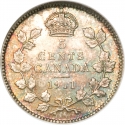You are about to finish your registration. Please check your mailbox (including spam folder). There should be a letter with a confirmation link. Check setting to make sure that your e-mail address is correct.
Send letter againDescription
Victoria (1819–1901) was Queen of the United Kingdom of Great Britain and Ireland from 20 June 1837 until her death. From 1 May 1876, she adopted the additional title of Empress of India. She inherited the throne at the age of 18, after her father's three elder brothers had all died, leaving no surviving legitimate children. Victoria married her first cousin, Prince Albert of Saxe-Coburg and Gotha, in 1840. Their nine children married into royal and noble families across the continent, tying them together and earning her the sobriquet "the grandmother of Europe". Her reign of 63 years and seven months is known as the Victorian era and was longer than that of any of her predecessors. It was a period of industrial, cultural, political, scientific, and military change within the United Kingdom, and was marked by a great expansion of the British Empire.
The first ever Canadian five-cent coins were struck by the Royal Mint in London as part of the introductory 1858 coinage of the Province of Canada. These coins were nicknamed "fish scales" for their tiny size.
Engraver: Leonard Charles Wyon
Obverse

|
Portrait of the very young Queen Victoria wearing a laurel wreath. In actual fact, the Queen was decidedly older and pudgier in the 1850s, so it is considered that the image on the coins of this year portrayed the idealized image of the Queen. VICTORIA DEI GRATIA REGINA. |
|---|---|
Reverse

|
The facial value is surrounded by two maple boughs and the crown of Queen Victoria. Mint mark (if any) below. 5 |
| Edge |
